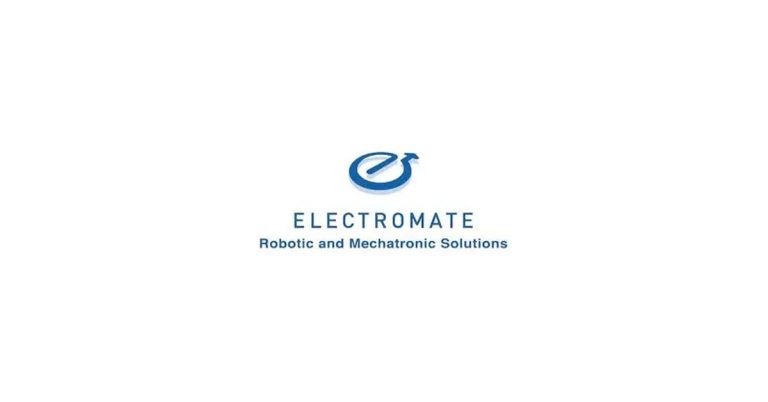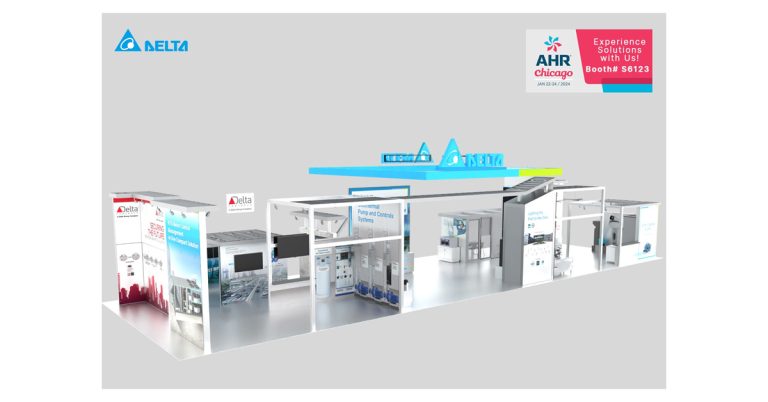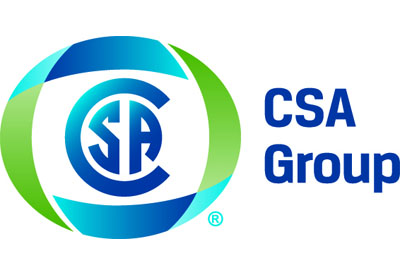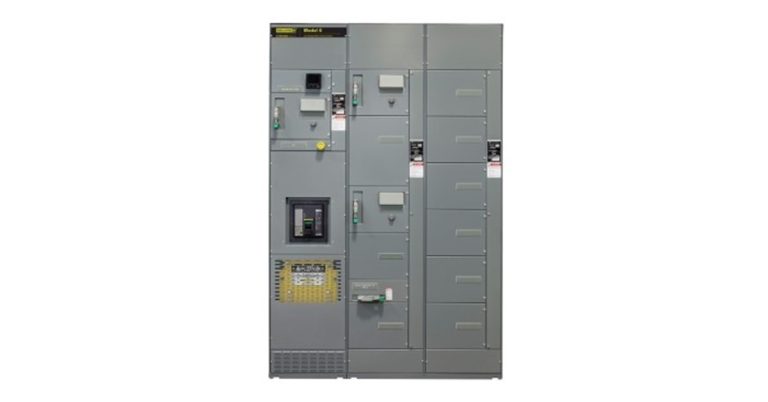Discussing Vancouver’s Building Emissions By-Law with Schneider Electric’s Emily Heitman

June 12, 2024
By Blake Marchand
The city of Vancouver is the first Canadian jurisdiction to pass a by-law regulating building emissions. The Annual Greenhouse Gas and Energy Limits bylaw will come into effect June 1st, 2024, and requires building owners for large commercial offices, retail, and residential buildings over 100,000 sq ft to report their emissions. The bylaw follows cities like Washington, Boston, and New York who have enacted similar measures in an effort to reduce building emissions.
“Part of the impact that you see in improvement in those two cities,” noted Schneider Electric Canada CEO, Emily Heitman, referring to Washington and Boston, “is because of the requirement to report emissions in buildings, you now see building owners being very transparent and being held accountable, which motivates improvements in the buildings and the emissions that they generate. Secondly, because of the incentive, both a combination of incentives for reducing their own emissions as well as penalties or fines for non-compliance, you see a lot of upgrades happening across the board which is making the market a bit more attractive.”

Heitman explained that Schneider Electric has a substantial presence in Vancouver and Victoria where they have a building management systems team working with electrical contractors and MURB (multi-unit residential buildings) builders on compliance for old buildings that need to upgrade as well as new construction.
“So, we have been working locally with building and electrical contractors across the city for years and we’re absolutely making sure that we are we are interacting with the business community and the construction community in Vancouver to make sure that they know what is available to them in helping to meet these standards.”
Vancouver’s goal is to reduce large building emissions by 50% by 2030 and 100% by 2050. As part of the bylaw, fines for non-compliance will be put in place starting in 2026. Currently in Vancouver, natural gas in buildings accounts for 57% of the city’s total emissions.
The city has over 200 buildings that would fall under the bylaw. While 50 buildings are currently under the initial limit set by the new bylaw.
Although there are financial penalties in place, the city’s priority is to work with building owners to help lower emissions rather than collect fines.
“The city is not interested in collecting money from these buildings,” Micah Lang, senior green building planner at the City of Vancouver, told the Globe and Mail, “We’re interested in helping building owners take action to reduce emissions.”
Despite the challenge it may present, there is opportunity for building owners to add value to their assets and boost the local economy by reducing thier emissions.
Buildings will have to transition from natural gas to electric water and space heating by installing electric water heaters and electric heat pumps for heating and cooling. Heitman noted the first step is energy efficiency improvements including smart building solutions like LED lighting and controls, and an HVAC system that is optimized for the actual occupancy of a building.
Insulation upgrades to the full building envelope will also help with efficiency. On top of that, buildings could implement a microgrid solution by adding solar and energy storage, to further improve efficiency as well as sell power back to the grid.
Microgrids and DERs (distributed energy resources) are key aspects of the electrification transition, and buildings present a large opportunity to ease the burden on the electrical grid by generating some of their own power.
Government incentives form provincial and federal levels already in place can help with the return on investment, as well.
“I think initially the capital outlay may seem like a big expense when it comes to upgrading an HVAC system for instance or installing a digital building system. But when we come alongside a building manager – as well as for a new construction build – and share with them that this plan is actually a financial benefit,” explained Heitman, “[builders and building owners] become much more receptive over time, as they see the math.”
SCHNEIDER ELECTRIC CANADA CEO, EMILY HEITMAN
“The return on investment is there.”
These types of investments will also make buildings more valuable and attractive to tenants. More energy efficient building systems mean lower energy bills for tenants.
There will be challenges for operations managers, who typically do not specialize in energy efficiency. Companies like Schneider Electric offer full solutions to help electrify and optimize a building’s performance with software solutions for building automation and microgrid installations.
They can also assist with the annual emissions reporting through their building automation software.
“[Schneider Electric] can help with outlining sustainable consulting to be able to assist building owners in preparing that report. Second, we do digital building management systems, referring to smart buildings, right? So, we can help with the optimization of the lighting, the HVAC system, and the energy usage itself.”
Heitman noted that she wouldn’t be surprised if other cities across the country put similar bylaws in place in an effort to curb building emissions.
Creating Market Awareness & Economic Opportunity
The Canada Green Building Council (CaGBC) explains in their report, A Road Map for Retrofits in Canada, that government, industry, and non-government organization need to work in concert to fully develop the retrofit market. Policies like Vancouver’s building emissions bylaw, for example, is a positive step in creating that market awareness for the retrofit industry.
“Governments at all levels must build market awareness of the value of the retrofit economy and continue to build the policy and regulatory infrastructure to support a well-functioning retrofit marketplace,” the report explains.
CANADA GREEN BUILDING COUNCIL REPORT: A ROAD MAP FOR RETROFITS IN CANADA
According to CaGBC, the retrofit economy represents a $30 billion economic opportunity. For Canada to become a leader financiers and insurers, for their part, need to be proactive in developing ‘green’ underwriting practices, while building owners need to be proactive in sharing emissions data as well as successful retrofit projects. At the same time, as CaGBC explains, all levels of government need to develop positive policy signals that incentivize industry and non-government organizations to build the retrofit economy.
“Much of the focus of retrofit economy thought-leaders has been on the financing barriers facing building owners and the need for governments to pump in more public capital to make up for a general market failure. However, plenty of private sector capital is available domestically and globally for real estate and infrastructure projects; investment capital just needs to be unlocked and tailored to retrofit projects,” explains CaGBC.
Financial institutions need to see a “robust” market in place before they will “unlock” the private funding. The bylaw Vancouver is introducing, as well as the work Schneider Electric is doing in working with building owners and contractors in the retrofit space, helps build out that market. However, more is needed throughout the country and from municipal, provincial, and federal governments.
With respect to Vancouver, the bylaw is rolled out in stages and gets more stringent as they approach the goal of 100% emissions reduction by 2050.
Heitman’s advice to the Vancouver industry also applies to the rest of the country:
“I would suggest being proactive in the planning for all future stages,” she said, “One thing that Schneider Electric can do is come alongside builders in planning for the future as opposed to being reactive.”
SCHNEIDER ELECTRIC CANADA CEO, EMILY HEITMAN
Stakeholders at each touch point of the retrofit economy need to be proactive in planning for the future and in the process, build out a robust retrofit economy to help accelerate Canada’s net-zero transition.
The federal government recently released emissions reporting for 2022, showing that some progress is being made toward reducing emission while still growing the economy, but more work is needed to meet the country’s 2030 and 2050 goals for emissions reduction. Buildings represent a significant portion of overall emissions making them a key aspect of Canada’s net-zero transition – not only in terms of electrification and energy efficiency, but also complimenting the electrical grid as microgrids and DERs.
















